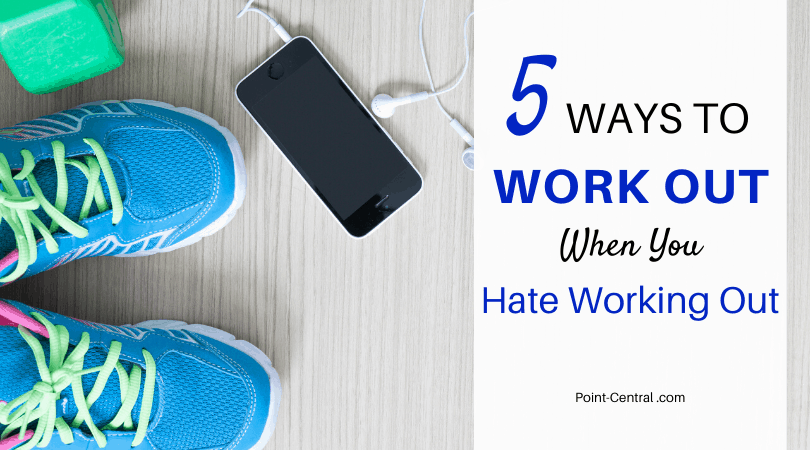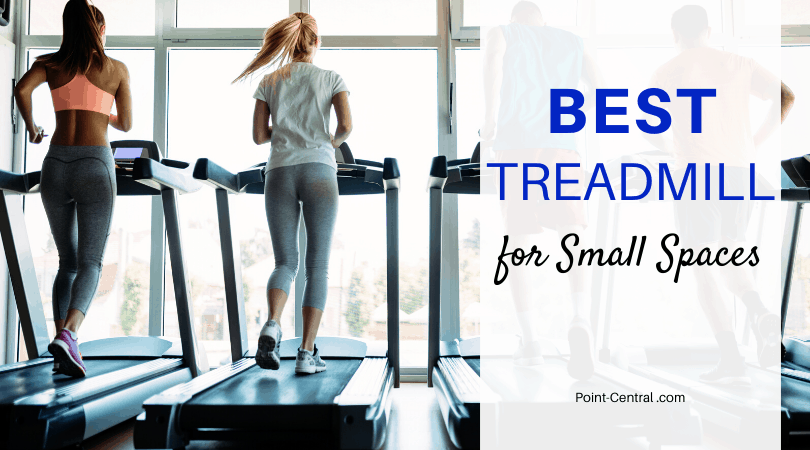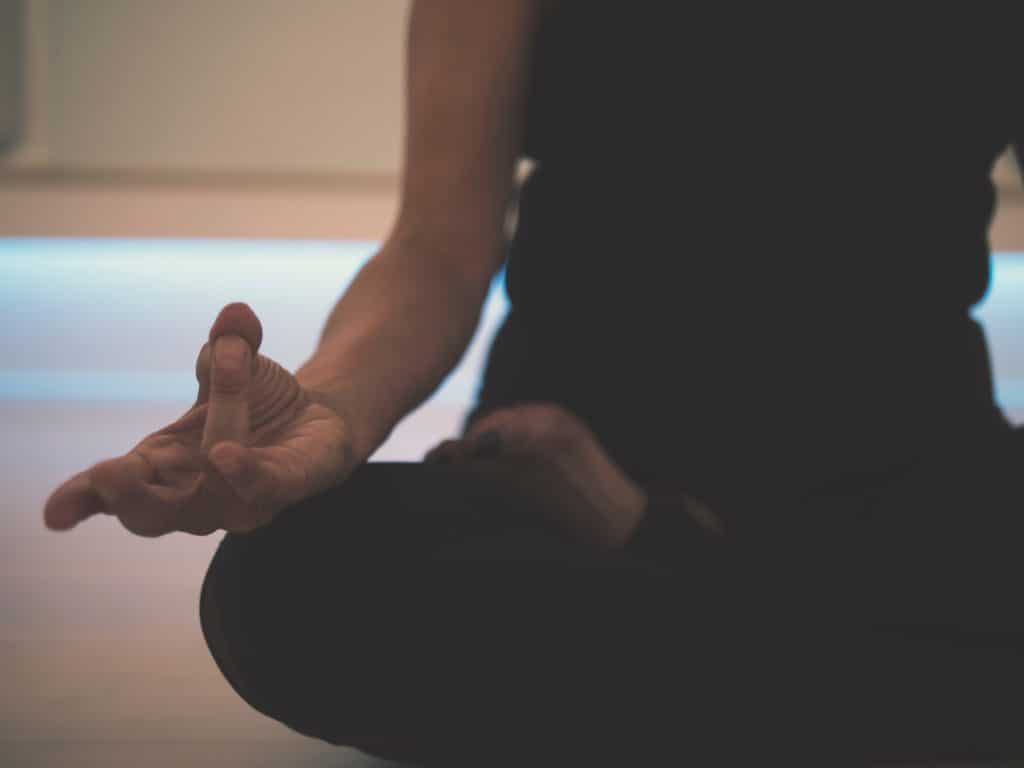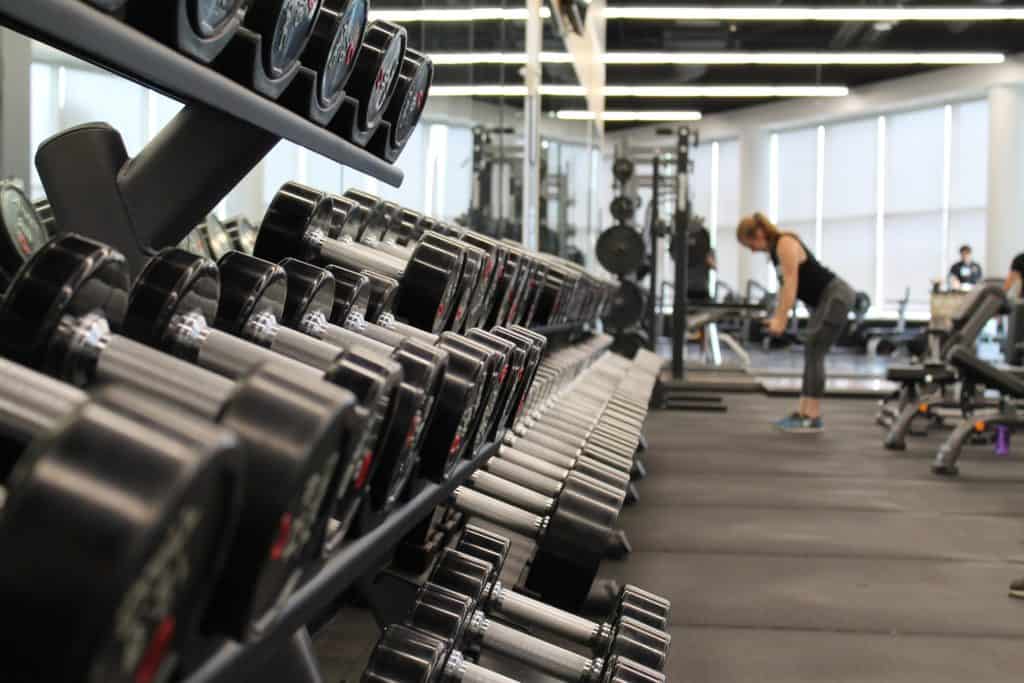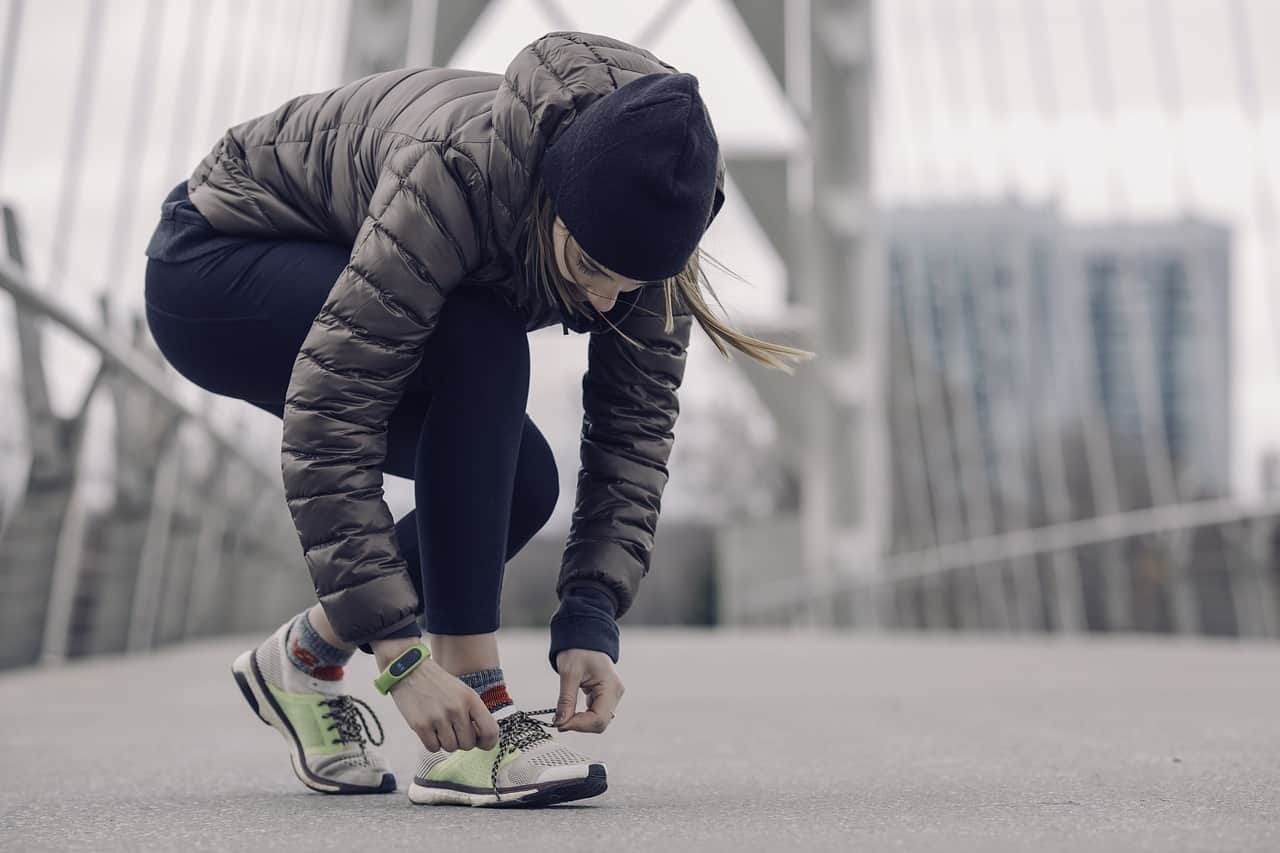When you hate working out, it’s hard to motivate yourself to exercise. Even if you know that physical activity is important for your health, that may not be enough to get you going. Instead, you need something more enticing to ignite your workout drive.
Luckily, you don’t have to hit a gym or do traditional exercise routines if you want to be active. It is possible, even if you hate working out, to find activities that can improve your physical fitness that are also fun.
Plus, it’s smart to not force yourself to do something you despise. If working out is a chore, you won’t stick with it. And, over time, you may begin to resent physical activity entirely, which could make you even less motivated than you were before you tried to muscle through it.
If a typical exercise regimen isn’t going to cut it for you, here are five ways to work out when you hate working out.
5 Ways to Work Out When You Hate Working Out
1. Play with Your Children
If your children are active (or you want to encourage them to be), why not play with them? Games like tag, capture the flag, four square, and even hopscotch can be great for burning some extra calories. Plus, it’s something you can all do together, making it a bonding opportunity, too.
You can also go the less structured route and just join your kids at the park. Pushing a child on a swing can give your arms a workout while climbing around on a jungle gym can get your whole body involved.

2. Exercise Your Pet
Along the same lines as the tip above, activities that ensure your pet gets enough exercise can benefit you, as well. If you take your dog for a walk, you’re working out, too. Similarly, playing fetch with your canine companion can get your arm some exercise, at a minimum.
Cat owners can also get in on this; they love to play! If you use a wand toy and move around your house, your feline friend is getting a heck of a workout while you get to squeeze in some exercise. More than just being playful, cats teach us about self-care and how important it is to our mind and bodies.
3. Walk More
Sometimes, just squeezing more activity into your day can make a difference. By committing to the idea of walking more, you might be able to skip more formal workouts.
If you don’t know how to begin, start small. For example, you can park farther away from your office or stores you need to visit. Instead of taking elevators, use the stairs. Don’t drive the five blocks to your favorite lunch destination, walk instead. Spend your 15-minute work breaks strolling around the building.
Even these small adjustments to your routine add up. And, since the walks tend to be brief, it doesn’t feel like you’re working out.

4. Find a Fun Class or Team
Technically, any activity can be a workout if it’s physical in nature. If heading to a spin class isn’t your idea of a great time, consider searching for an alternative that piques your interest. Maybe you’d like to learn how to rock climb or do tricks on the trapeze. Maybe you’d enjoy trying your hand at a team sport, like pickleball or dodgeball on trampolines.
There is a slew of unique options available – including classes in aerial yoga, swimming like a mermaid (where you wear a tail), and circus skills – particularly if you live in a bigger city. Take a moment to explore the various options. There’s a good chance that there’s something out there that’ll work for you.
5. Try Geocaching
If you like the outdoors and scavenger hunts, then geocaching might be your ideal way to workout. You use GPS coordinates to locate “treasure” caches. When you get to the right spot, there’s usually a small reward, like a trinket, that you can take.
Just make sure you are courteous to others when you geocache. Usually, you should only take an item from the stash if you leave something that you’ve brought with you behind. That way, the next person will also find a trinket.

Bonus Tip: Start Small and Break It Up
There’s a ton of advice when it comes to working out, particularly when it comes to how much time you should dedicate to it. For example, many recommend that people exercise moderately about 30 minutes a day, five days a week.
While that doesn’t sound like a lot, the concept can be overwhelming. For some, carving out a 30-minute window for working out is actually a pretty tall order. That’s especially true if they need to have time before they exercise to get ready (changing into workout clothes, getting to the location of their workout, etc.) and to clean up after.
If you can’t picture getting 30+ uninterrupted minutes, then don’t go that route. Instead, focus on starting really, really small. For example, on workdays, wake up and dedicate 5 minutes in the morning to stretching or light yoga. Next, spend 5 minutes of each work break doing some body-weight exercises, like squats or pushups. Then, on lunch, head out on a 10-minute walk. Finally, right before you leave work, do 5 minutes of body-weight exercises again.
With that routine, you get 30 minutes of activity in without disrupting the flow of your day. It’s a great way to start if squeezing exercise in seems impossible.
